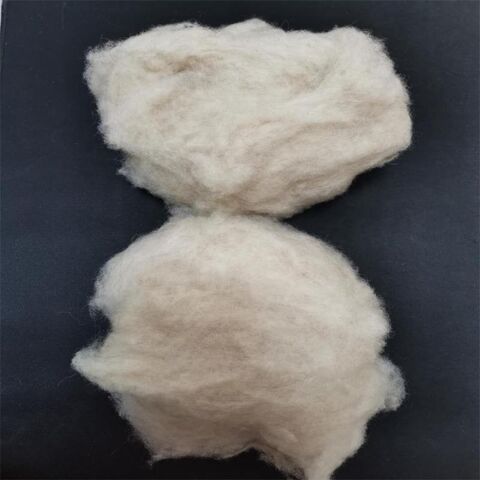Is Cashmere a Natural Fiber? Exploring Its Natural Origins and Uses
Is Cashmere a Natural Fiber? Exploring Its Natural Origins and Uses
Blog Article
Recognizing the Various Kinds Of Cashmere a Natural Fiber and Their One-of-a-kind Advantages

The Origins of Cashmere: A Historical Introduction
While the extravagant touch of cashmere continues to charm modern customers, its origins trace back to the harsh, cold climates of Mongolia and the Mountain ranges. For centuries, the indigenous peoples of these areas have been elevating Capra Hircus goats, the prime source of cashmere wool. These goats, resilient against the serious winter seasons, expanded a great undercoat to survive, which later ended up being called cashmere. The name itself admires Kashmir, a region in India where the wool was at first refined. Much of the early cashmere profession route was promoted by the Silk Road, connecting Asia with the Middle East and Europe. In spite of its worldwide spread, the finest cashmere is still thought to stem from the initial areas of Mongolia and the Mountain Ranges.

The Manufacturing Process: From Goat to Garment
Shearing a Capra Hircus goat notes the inception of the detailed cashmere production process. This fragile treatment generally takes place once a year throughout spring. The fine, soft undercoat is then divided from the coarser outer hair, a process recognized as dehairing. The resultant raw cashmere is then cleaned to get rid of impurities such as dust, vegetable, and grease matter.
The clean fiber goes through coloring, rotating, and weaving, or knitting, to change it into a fabric. Facility treatments like quality assurance checks and completing procedures comply with, making certain completion item keeps the elegant standard expected of cashmere. This painstaking procedure, from goat to garment, warrants the high price connected to cashmere items, making them an icon of luxury and improvement.
The Different Types of Cashmere: An Extensive Analysis

The Unique Advantages of Cashmere: Convenience and Sustainability
Moving from the variety of cashmere types to the advantages they offer, comfort and sustainability stand out prominently. Cashmere, an all-natural fiber, is renowned for its unparalleled soft qualities, providing a level of convenience click here for more that artificial fibers can't match.
When it pertains to sustainability, cashmere is renewable and naturally degradable, as it's collected from cashmere goats who regrow their coats yearly. what is cashmere. Unlike artificial fibers which can take hundreds of years to decompose, cashmere's influence on the atmosphere is marginal. This mix of comfort and sustainability makes cashmere a valuable choice for mindful consumers

Caring for Your Cashmere: Maintenance and Conservation Tips
While cashmere is undoubtedly a lavish and lasting option, it calls for details treatment to keep its quality and extend its lifespan. To start, cashmere ought to be hand washed utilizing cool water and a moderate detergent. Cashmere items should be saved in a completely dry and great area, away from direct sunshine and dampness.
Investing in Cashmere: Comprehending Its Worth and Well Worth
Although cashmere might originally seem like an expensive investment, its long-term worth and worth become obvious when you consider its remarkable high qualities. Recognized for its unequaled gentleness and warmth, cashmere is a costs all-natural fiber that outperforms various other More Bonuses materials. Spending in cashmere, as a result, is not simply regarding present style fads, but regarding welcoming a lasting, durable, and lavish lifestyle.
Conclusion
In recap, the type of cashmere one selects, be it Mongolian, Chinese, or Italian, is dictated by private preferences for heat, deluxe, sustainability, and budget plan. Recognizing the origins, production procedure, and special advantages of various types of cashmere can guide consumers in their financial investment in this extravagant all-natural fiber.
Whether it's the extraordinary heat of Mongolian cashmere, the affordability of Chinese cashmere, or the eco-conscious manufacturing of Italian cashmere, there's a tale to be found behind each fiber kind. Cashmere, a natural fiber, is renowned for its exceptional soft qualities, giving a degree of comfort that artificial fibers can't match.When it comes to sustainability, cashmere is eco-friendly and sustainable, as it's collected from cashmere goats who regrow their layers yearly. Understood for its unequaled softness and warmth, cashmere is a that site costs all-natural fiber that exceeds other products. Understanding the origins, manufacturing process, and distinct benefits of various kinds of cashmere can guide customers in their financial investment in this glamorous natural fiber.
Report this page